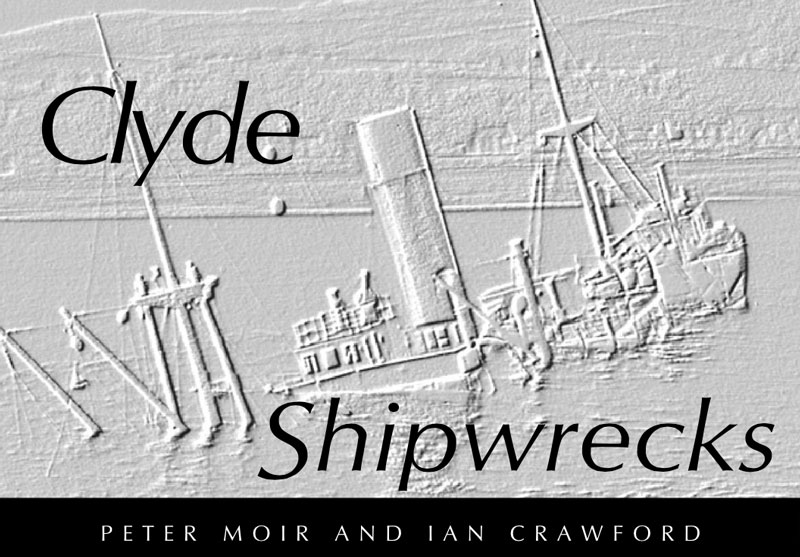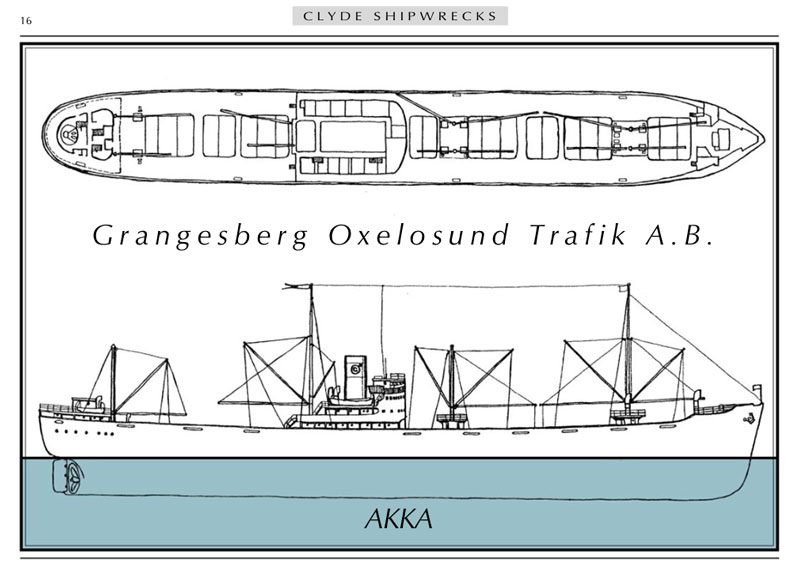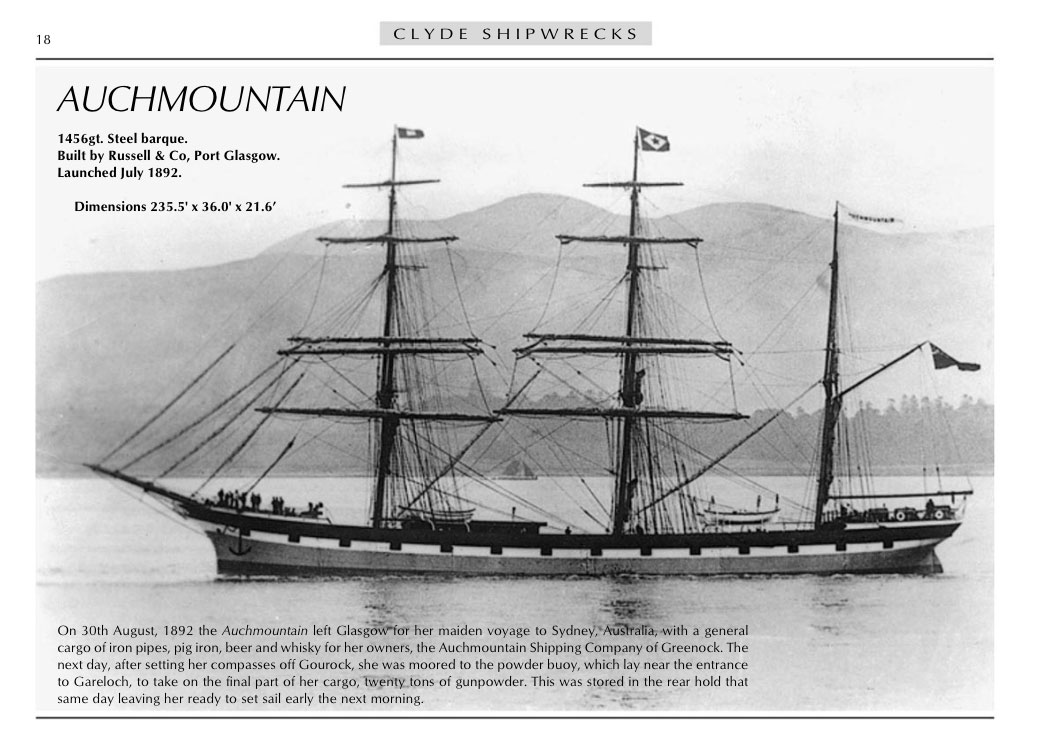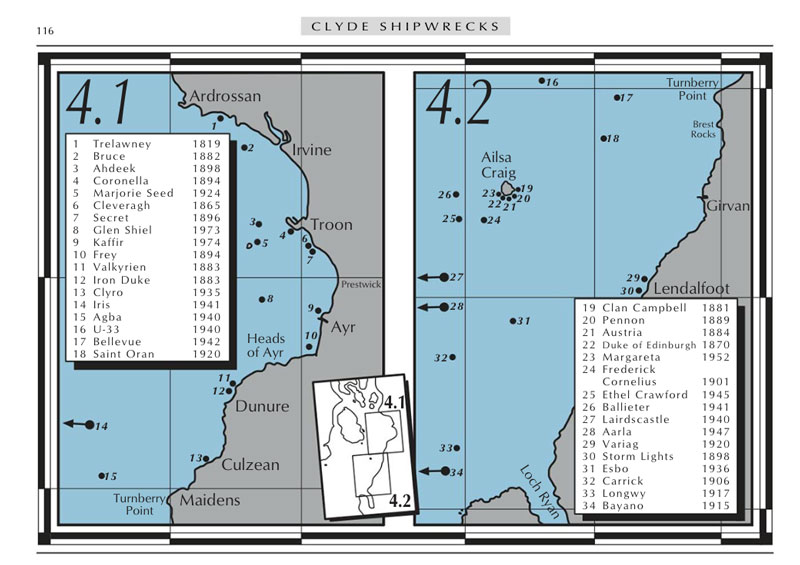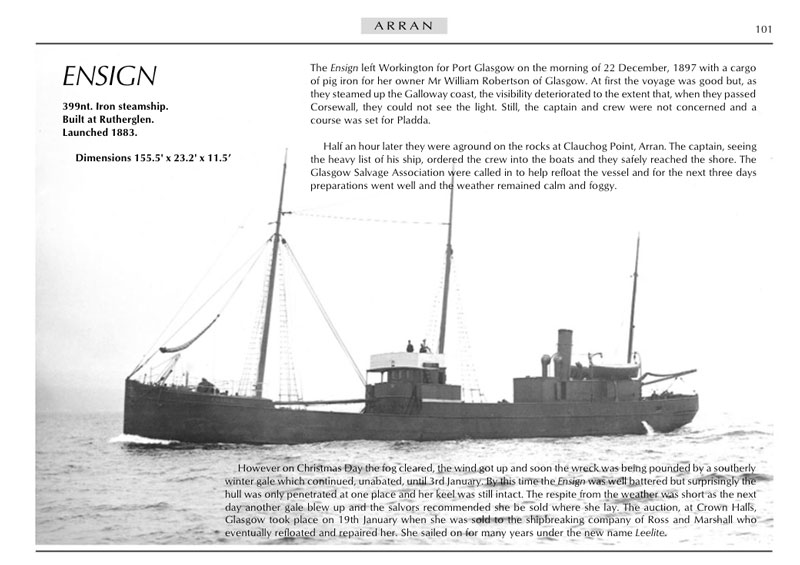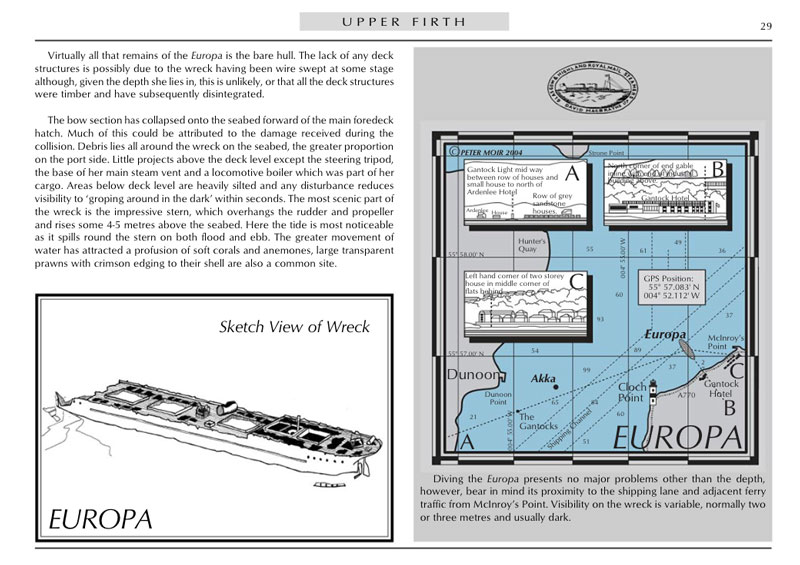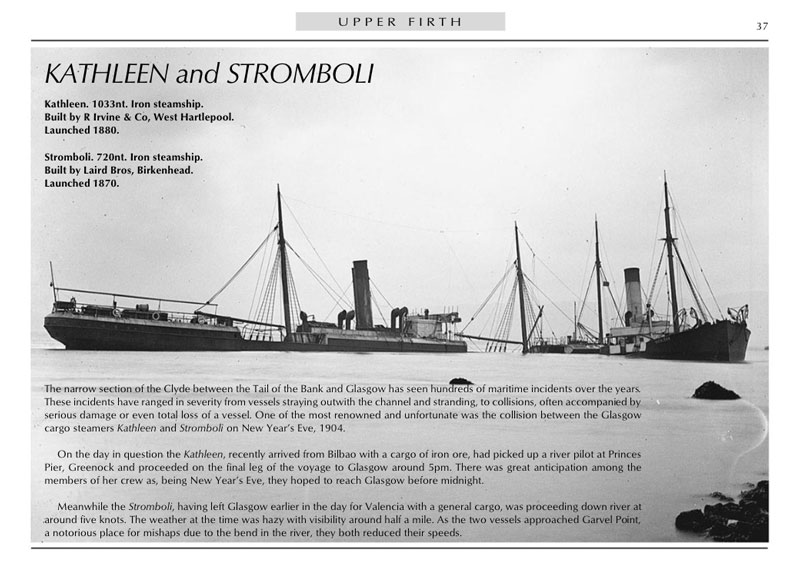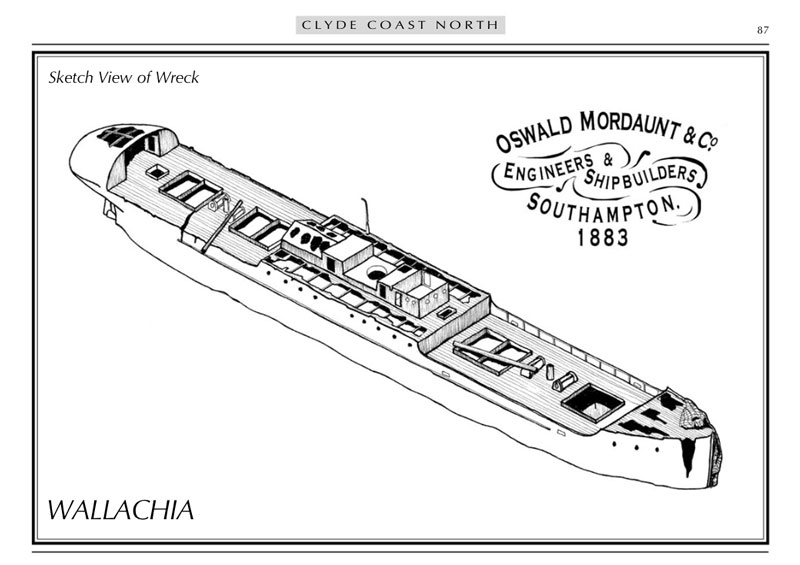 For time immemorial the history of world shipping and the history of the River Clyde have been inextricably linked. The dozens of shipyards between Glasgow and Greenock saw many of the world’s most famous ships launched from their slipways. Names such as the SS Lusitania, HMS Hood, the Queen Mary and Queen Elizabeth are synonymous with Clyde shipbuilding, craftsmanship and quality.
For time immemorial the history of world shipping and the history of the River Clyde have been inextricably linked. The dozens of shipyards between Glasgow and Greenock saw many of the world’s most famous ships launched from their slipways. Names such as the SS Lusitania, HMS Hood, the Queen Mary and Queen Elizabeth are synonymous with Clyde shipbuilding, craftsmanship and quality.
The world’s first commercial steamship service was inaugurated on the river in 1812 by Henry Bell in the paddlesteamer Comet and, interestingly, the world’s last ocean going paddle steamer, the Waverley, still plies the waters today. The Tail of the Bank, off Greenock, provided the Allies with one of their most important anchorages during the Second World War and saw the departure of thousands of troops and millions of tons of cargo destined for the battlefields of Europe and Africa. This world famous river has provided a fascinating, if tragic, legacy – shipwrecks.
Clyde Shipwrecks provides the history and details of more than 250 vessels lost in the watery triangle between Greenock, the Mull of Kintyre and the Mull of Galloway and details an accurate GPS position for all of the wrecks located and dived in the region. While written substantially for sub-aqua divers the fascinating stories provide interesting reading and reference material for fishermen, steamer enthusiasts and historians interested in shipping or the river itself.
The book is divided into five chapters, each covering a geographical area of the region and prefaced with a map highlighting the approximate locations of the major shipwrecks. While some of the wrecks have been removed, salvaged or even refloated under their own power many have been included for completeness often with details of their salvage when known.
Sample pages from Clyde Shipwrecks
